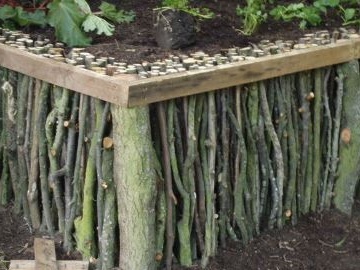
If you need a partition in the garden, but there is no way to purchase materials, you can use the tools at hand. For example, tree branches are easy to get on any suburban area. And an excellent bed can turn out of them.
Materials and tools:
1. Branches, the thickness of which is 10-50 mm
2. Branches under the pillars 100-150 mm thick
3. Boards with a format of 100x50 mm, which will support the design.
4. Shovel
5. Saw
6. thread
7. Garden shears
8. Bolts
9. Soil
Operating procedure:
The first step is to determine the size of the partition based on the estimated height. The universal option is 1 m, that is, approximately to the waist. Next should be stocked with a sufficient number of branches. If the bed will be built next to the fence, it is necessary to put polyethylene next to it to prevent decay of the fence.
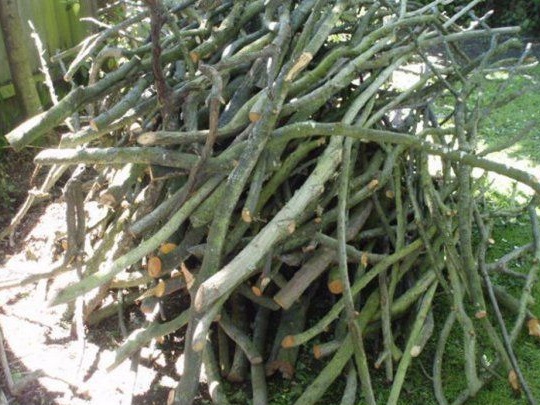
After the preparatory phase, you can begin to dig holes under the support branches. They should be located at equal distance from each other. As for the quantity, you will need at least 3 supports - two in the corners and one in the middle. It is better to make a hole deeper. For example, if the height of the fence is planned meter, then the depth of the pit will be the same. Therefore, at a meter height of the fence, the support stick should be about 2 meters. In addition, a small margin is needed to level the structure. Another requirement is the evenness of the stick. They are placed in excavated pits, after which the pits are filled up and densely compacted.
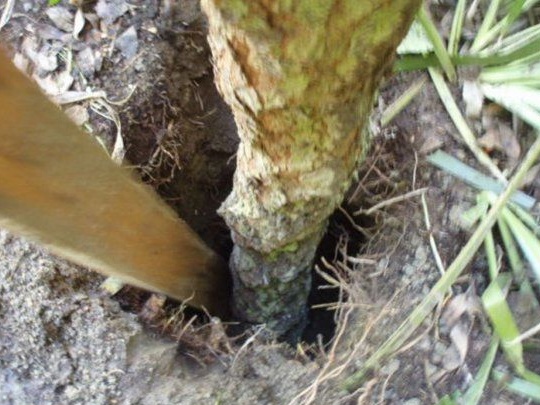
Now you can adjust the height. It is best to use a thread for this, which will create a straight line. Excess pieces are cut with garden clippers.
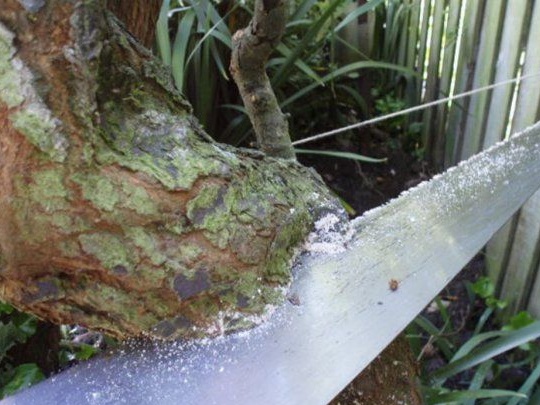
After that, holes are cut out in the posts for placement of transverse boards in them. They will keep the design. If the thickness of the boards is 100x50 mm, then the recesses are needed appropriate. It is best to do them with a saw. For structural strength, it is recommended to bolt the boards. Before this, you need to make sure that the screw is long enough to pass through the pole and timber.
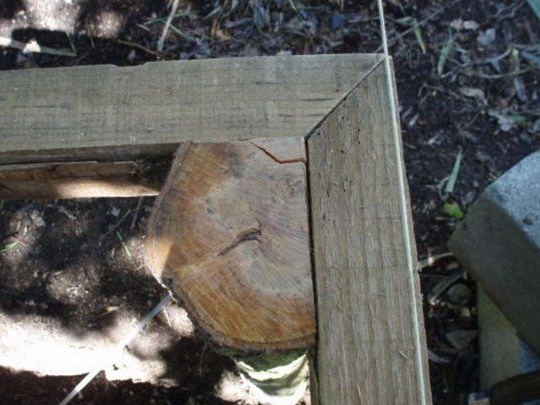
The next stage is the excavation of a trench between the bearing pillars. It is recommended to make it about 200 mm in depth and the same in width. Such indicators are calculated taking into account that the wall does not fall when the soil is loaded on the other side of the partition. The branches in such a trench are placed as densely as possible, while it is important to avoid spaces.When the trench from one pillar to another is filled, you need to fill it with earth - thanks to this, the branches will not stagger.
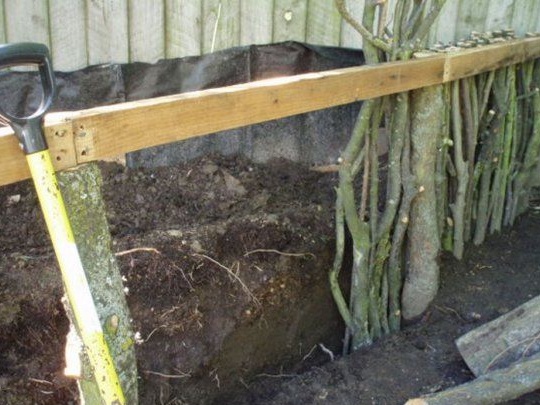
Now the branches are cut so that they are on the same level with the crossbar. If the branches are loose in the ground and there are gaps, at this stage you can insert additional ones. For convenience, it is recommended to use a hammer - then they are installed most firmly.
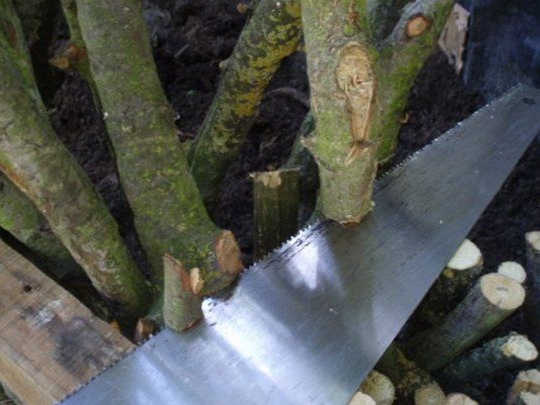
The fence is ready. If it is installed properly, you can fill the space inside with soil.
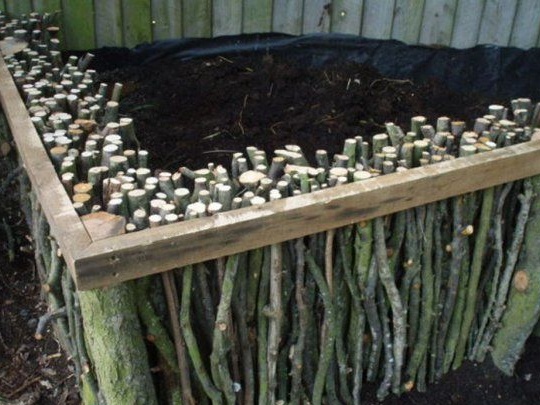
That's all - a simple but no less beautiful garden is ready! Materials and tools for its manufacture can be found without difficulty, a little time will be spent, but the result will certainly please any summer resident.
